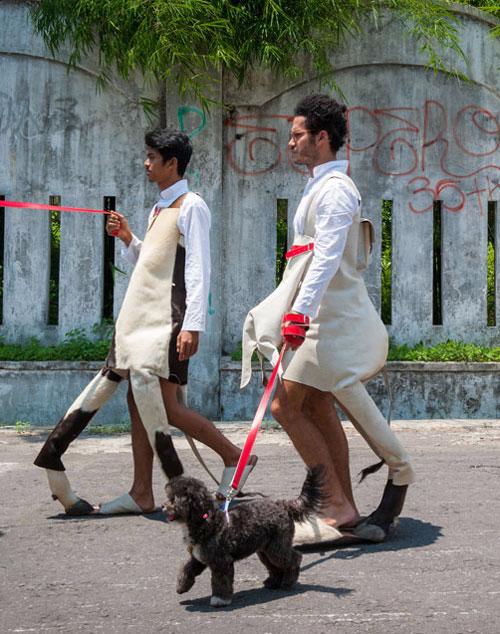From god‑head to bin chook: Ibis in the Australian cultural imagination
From the early 1970s, driven by drought and degradation of interior wetlands, the Australian White Ibis (Threskiornis moluccus) began migrating to the nation’s coastal cities, towns and inland centres from north Queensland through to Perth. Ibis have flourished in urban spaces, where there is a ready food supply guaranteed by our endemic over‑consumption. Their robust colonisation and presence has garnered the bird a reputation as unwelcome pests and interlopers, reflected in the quotidian idiom: dumpster diver, flying rat, tip turkey, pest of the sky, trash vulture, dump chook, bin chicken, bin chook.








